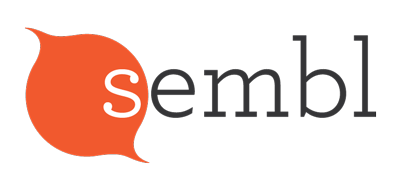The Museum Game
The first instantiation of the Sembl concept was ‘The Museum Game’, run by the National Museum of Australia (independently of Sembl) since 2012.
The Museum Game serves groups of in-person visitors to the Museum. Players work in teams, on iPad, and fill each node by taking a photograph of an object on display. Read posts about The Museum Game or go see it on the NMA website.
Sembl
A web-based game is at the heart of the Sembl mission. It’s flexible: you can play wherever you are, and you can take as long as you like. There are always open games to join, and there are plenty of images to inspire you to make a good move.
Game hosts have control over the games they create: they might focus on images from a single museum or a particular topic. They might also enable players to upload a new image to place on the board.
If you are a teacher, tutor, trainer, or learning facilitator of some other kind, see this page for school teachers (a page for adult educators is forthcoming).
If you work in a museum, in education, public programs, online collections, or digital engagement of some kind, you might explore these ideas for museums.
Sembl game data is aggregated and reusable. (See below for why you might care about that.)
As of June 2015 Sembl is in beta release. Read posts about Sembl Web, or just join in.
The future
A few other ideas not yet manifest…
– Integrating with online collections
I am keen to forge two-way connections with online collections. Sembl players get a wealth of material to play with, and GLAMs (and other collections, eg the Biodiversity Heritage Library, Wikimedia) get attention for their collections as well as rich, folksonomic relational data. Ideally, on the webpage for each item that has ever been ‘sembled’, museums embed a widget of Sembl-generated links to other items.
– Interactive visual browser
Imagine if you could just wander through the whole web of Sembl data. Imagine if you could see every sembl and its rating, aggregated and re-presented in an interactive visual browser that includes:
- filters for collection database-of-origin, creation date/time, and so on
- a data enhancement facility – maybe you notice a typo and want to correct it, or maybe you want to augment a sembl, or add another one…
An extraordinary and ever-improving web of linked data, human browseable and machine-readable.
– AI research..?
The above data set could help machines learn?
Sembl Story
This last idea is what I’ve wanted the longest: a de-gamified tool for non-linear storytelling – both compiling and presenting.
- for individual and group projects
- create-from-scratch or open and edit the contents of a game you have played
- add:
- nodes
- text notes
- relationships
- additional kinds of relationships (eg groups, causality)
- text or voice narration
- sequencing


